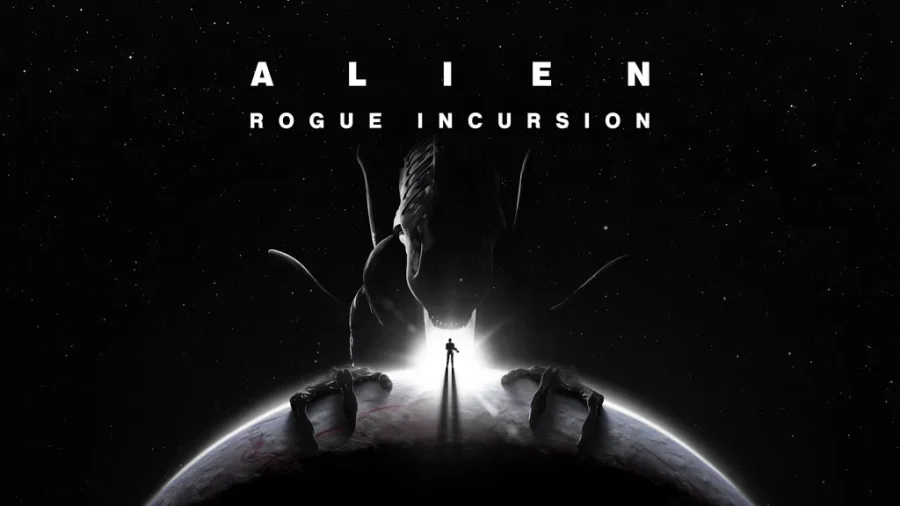Vista, the overbearing and rigid operating system that many deemed Microsoft’s greatest disaster, and others considered to be the beginning of the end for Microsoft, may have been exactly what the company needed. A hard lesson certainly, but also a shocking wake up call.

A video released by Microsoft’s Business Division today demonstrates technologies that we do not generally associate with Microsoft. Intuitive, seamless and sexy, the future as Microsoft sees it, could just be its saving grace.
The Future Vision Montage, which we’ve embedded below, comes from a presentation given Friday by Microsoft’s Business Division president Stephen Elop at the Wharton Business Technology Conference, and shows how technology could look in 2019 according to Microsoft. (Elop’s slides are well worth a look as well.)
The video may be confusing at first. Very few of the technologies shown would be recognizable as technologies created by Microsoft. An electronic newspaper (much like The Daily Prophet from the Harry Potter series), bendable, unbreakable, transparent displays, an XWand, real-time language translation, remote collaboration with transparent walls linking classrooms around the world – all amazing stuff. You’ll have to watch the video to get the full effect.
But what are the chances of these futuristic images becoming reality? Not as ridiculous as they may seem.
The Tragedy of Vista
Vista, as we all know was pretty much considered a failure; a tragedy for Microsoft, which was trying to do the right thing with the then new operating system. Previous versions of Windows had been so flexible they were almost an invitation to malware writers. Vista was Microsoft’s attempt to secure the system, but perhaps it went too far and created an operating system so defensive that even users had a difficult time using it.
What Can We Expect from Microsoft in the Future?
Two years ago, Microsoft’s Surface showed us that Microsoft not only has the technical know how, but also the vision to revolutionize the computer human interaction. In 2007, we wrote: “This is the kind of technology Microsoft does best – a hardware/software amalgam, but not requiring the branding and design touches that Apple is so good at.”
Microsoft may well have learned from the success of the iPhone’s user interface and recognized that its products need to be more intuitive, less cluttered, and exactly the opposite of Vista. We hope so. If their execution matches their vision, we can’t wait until 2019.
We’ve embedded the 1:54 version of the video below, but if you want to watch the full five minutes, check out Long Zheng’s post.





















